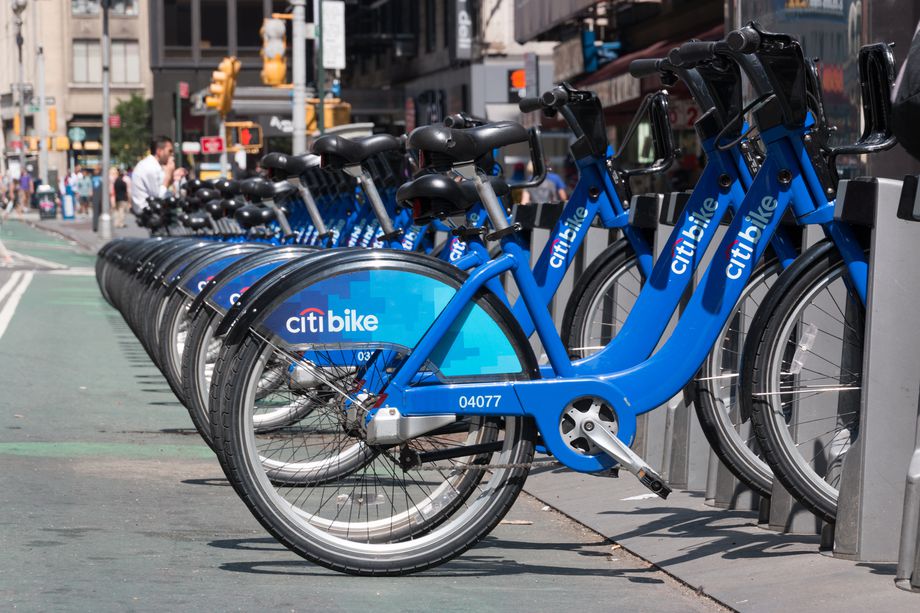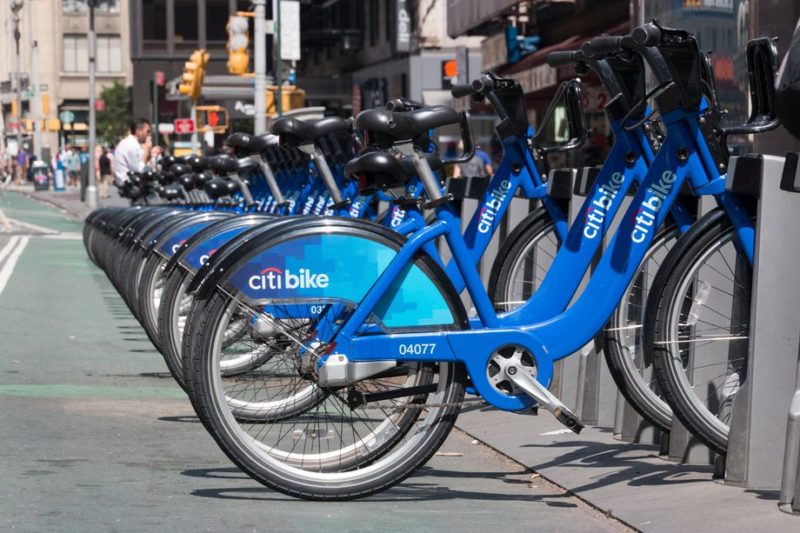
CITI Bike said it would add 2,000 new bikes and 140 new stations extending the reach of its bike-sharing system in Manhattan, Queens and Brooklyn by the end of 2017, according to a an nouncement by NYC Department of Transportation in September.
CITI Bike runs the biggest bike-sharing program in the United States and is the only bike-sharing company with a New York City contract. This newest addition is the second phase of expansion doubling the initial 6,000 bikes in 2014. The third and final expansion, date yet to be announced, will stretch further into Queens, Brooklyn and Long Island.
The growing bike-sharing market in New York is due to a combination of rising subway and bus fares and residents’ long distance from subway stations, according to Madeline Kaye, a spokeswoman at Motivate, the parent company of CITI Bike.
New Yorkers’ appetite for biking keeps CITI Bike confident in its fast-growing bike-sharing programs, Kaye said. Cyclist volume in Manhattan has increased two-fold since 2005 and CITI Bike had taken over 24 percent of total on-street bike volume by 2015, according to a Bike Counts Report from NYC Department of City Planning.
Prices have been an important factor. The average annual growth of subway fares has been well above two percent, according to the Metropolitan Transportation Authority (MTA). Most recently, New Yorkers saw a price hike for subway base fare from $2.50 to $2.75 in 2015. The MTA monthly pass cost per year raised to $1452 in 2017. Meanwhile, the annual membership for CITI Bike is $163.
“Twelve dollars a month, it’s much cheaper than the subway,” said Austin Costa Yon, a 30-year-old interior designer who uses CITI Bike daily to commute to work from Brooklyn to Manhattan.
Aside from monetary savings, part of the appeal of using CITI Bike is that docks are installed close to transit subway stations, said Jerry Li, an International Relations graduate student in New York University. “It can save me 15 minutes to bike instead of walking from 45th street subway station to my office in the Grand Central Tower.”
According to CITI Bike’s monthly reports, large transit and tourist hubs such as Central Park, Penn Station and the Port Authority are among the most popular origins and destinations.
City officials promised to add 50 miles of painted bikes lanes and ten miles of protected bike lanes for each year starting in 2017, according to New York Department of Transportation. Most recently, more protected bike lanes have been added in Fountain Avenue and Hinsdale Street connecting east New York with Jamaica Bay on the southern side of Long Island.
New York tourists are also partaking in the city’s cycling experience. Camila Fianco, from Argentina, wanted to end her trip in New York this summer with a bike trip from Brooklyn to Manhattan.
“There are many bike lanes on the Brooklyn bridge,” said Fianco. “The road is wide and the views are fantastic.”
As the New York bike market expands, Chinese bike-sharing companies such as Ofo, financed by Alibaba and San Francisco-based Spin, would like a piece of the market.
“After two successful launches in Seattle and Massachusetts, we are moving on to next couple of stops including New York,” said Angela Cai, an Ofo press representative. They have not yet announced a date for the launch.
